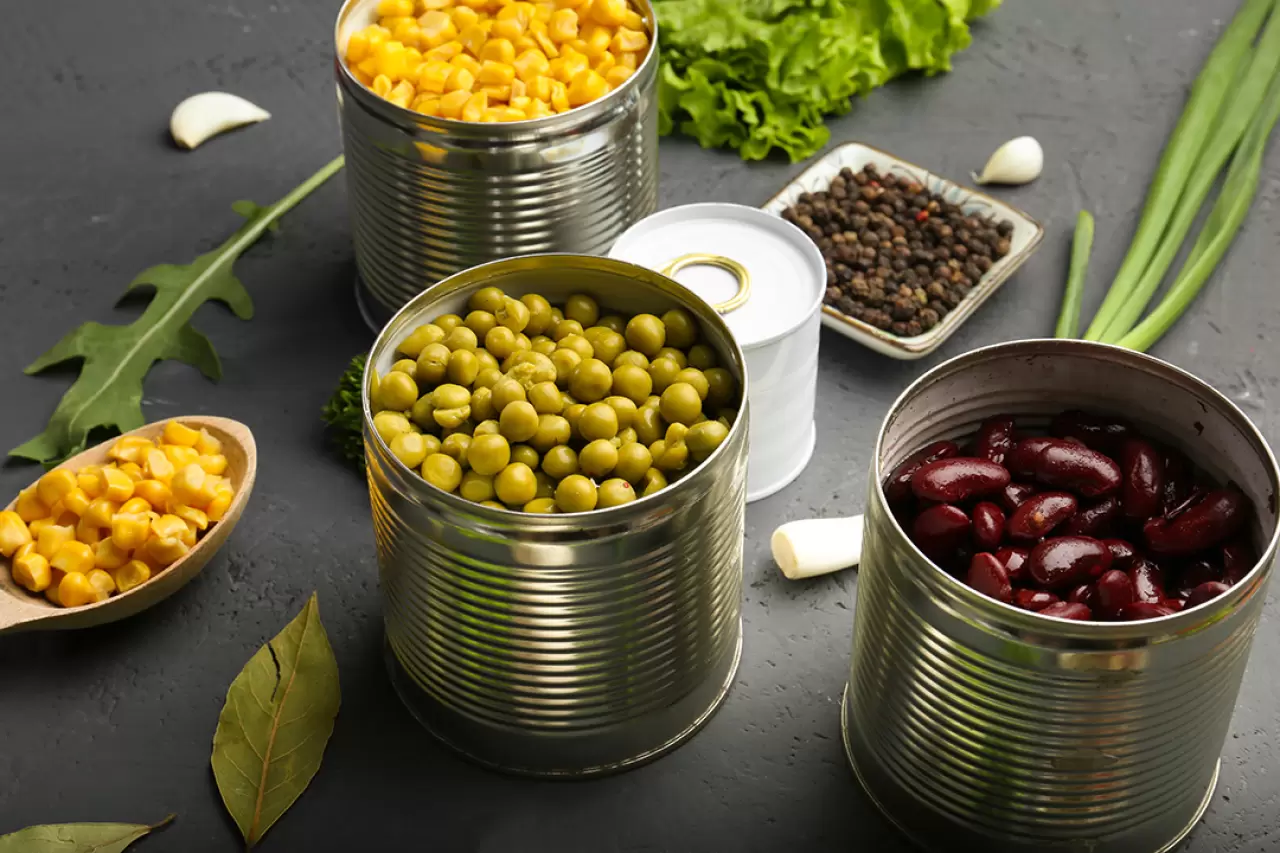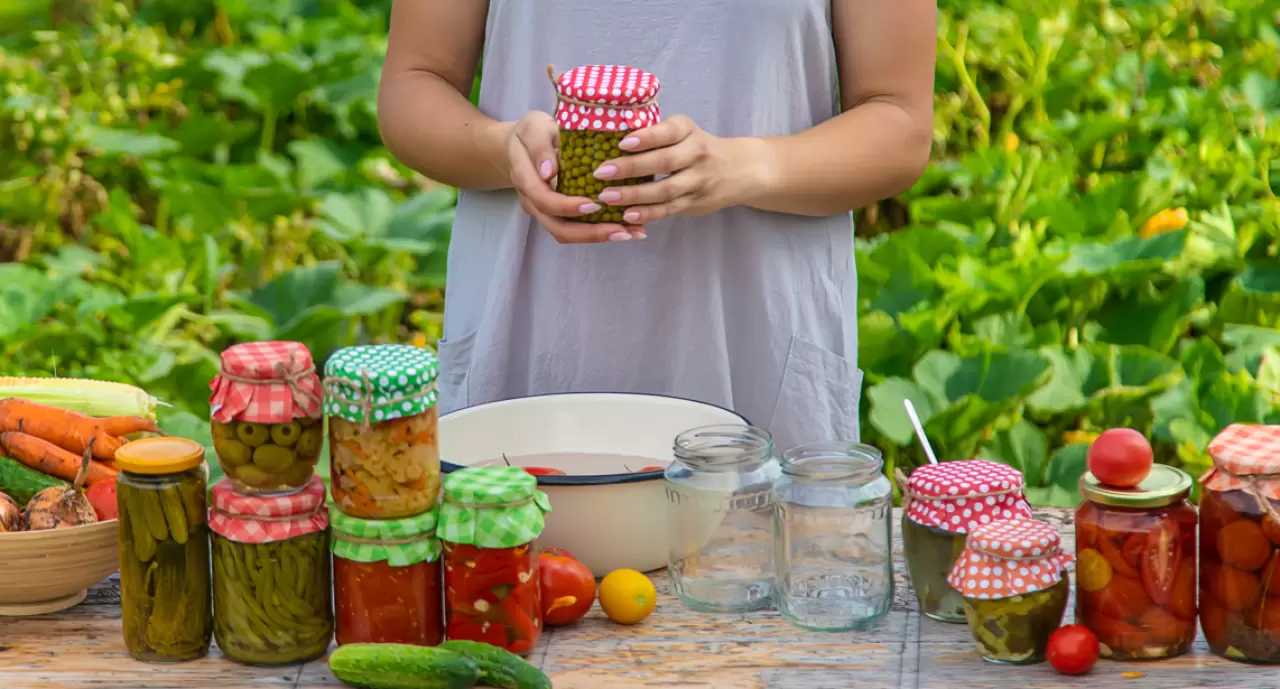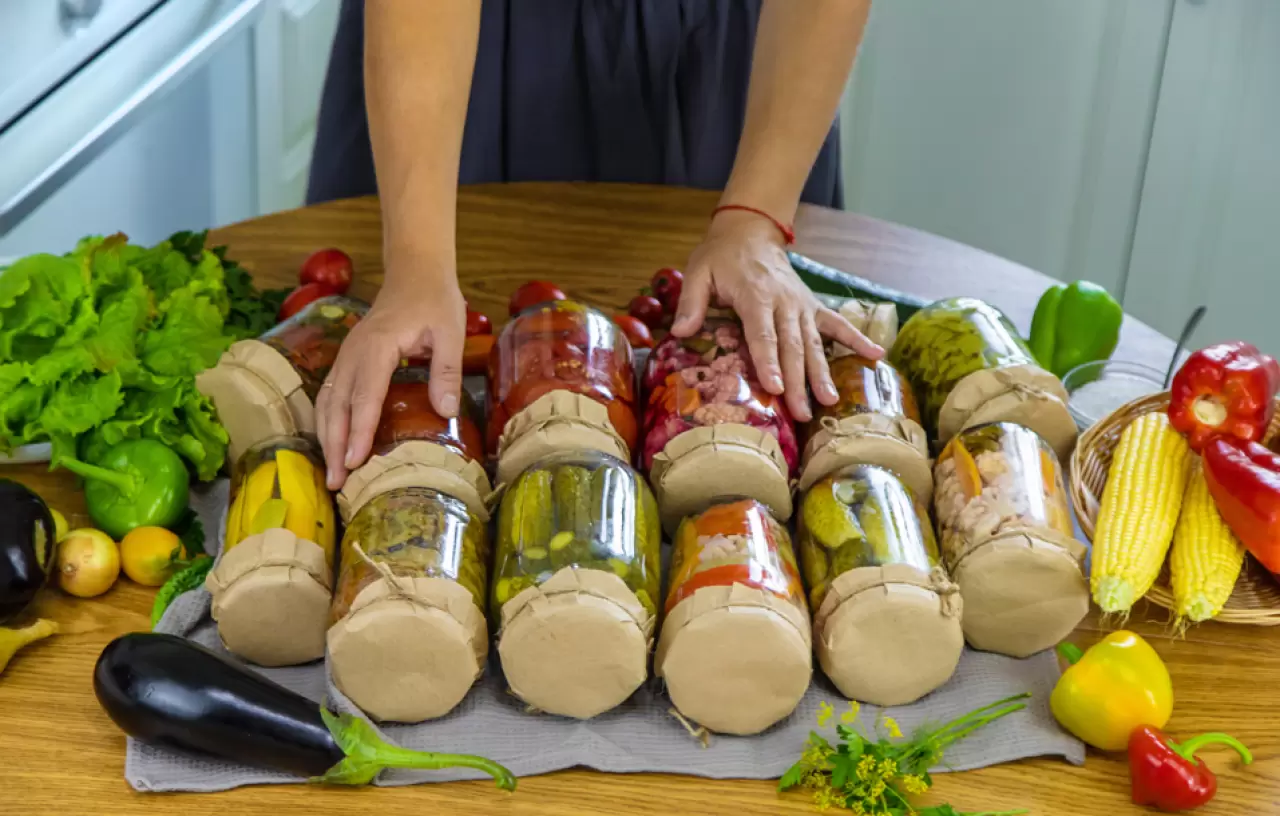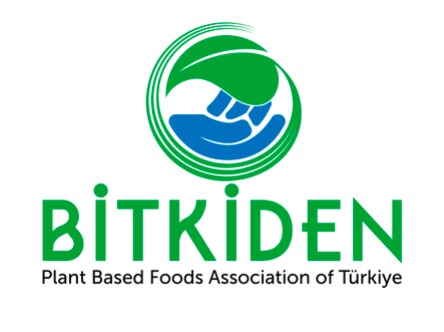Canning is a good food preservation method that we have traditionally used in our homes for many years and that the food industry has also used to offer us different options on store shelves.
While homemade preserves have won everyone’s hearts, we somehow witness people approaching store-bought preserves with suspicion. The strange thing is that even though we see headlines every year about food poisoning and even deaths linked to home canning, we still view home-canned foods as innocent and romantic, while viewing industrially produced canned foods with suspicion and often unjustly accusatory eyes.
Canning originated from the needs of armies
Let’s start at the beginning, with the discovery of canning.

Like almost every development in the food industry, the canning method also originated from a human need.
In 1795, Napoleon Bonaparte announced that he would reward anyone who could find a reliable method of preserving food for his army, which was poorly fed during campaigns. After 15 years of research, Nicholas Appert developed a method of heat-treating food in jars and sealing them with wax, winning the prize.
An alternative came that same year from another country, England, which was also seeking reliable food for its armies. Peter Durand’s use of tin-plated cans provided the Royal Navy with practical canned food.
America, which was introduced to canned food after Europe, actually became the country that consumed the most canned food over the years. The spread of canned food in the US also stemmed from a need. This happened during the difficult days of World War I, when women contributed to the family budget and production.
Parallel to its use, scientific research on canning also increased, and the most important finding in this area was published a century ago. In 1917, the U.S. Department of Agriculture stated that the only safe way to process “low-acid” foods was with a pressure canner. This is because it is the only way to eliminate Botulinum toxin, known as canning poison, which is extremely dangerous.
Low-acid foods
So what are low-acid foods?
 Foods have their own specific acidity levels. This measurement unit, which ranges from zero to fourteen, is called pH, meaning “Power of Hydrogen.” A pH of seven means that the food is neutral; water is an example of this. Foods with a pH greater than 7 are low in acidity, while those with a pH less than 7 are low in acidity.
Foods have their own specific acidity levels. This measurement unit, which ranges from zero to fourteen, is called pH, meaning “Power of Hydrogen.” A pH of seven means that the food is neutral; water is an example of this. Foods with a pH greater than 7 are low in acidity, while those with a pH less than 7 are low in acidity.
Fruits are generally highly acidic, while vegetables, meat, and dairy products are low in acidity. C. botulinum, which produces this terrible toxin, thrives in oxygen-free and low-acid environments. These conditions are often found in most canned vegetables. C. botulinum can grow and produce toxins in any food with a pH higher than 4.6 (i.e., low acidity).
Are tomatoes boiled to make preserves?
Generally, it is not risky to prepare preserves by boiling fruits because they are usually high in acidity. However, the situation is different for tomatoes, which are a fruit. Since the acidity level of some tomatoes can be around 4.6, it is dangerous to prepare preserves by boiling tomato mixtures. As the US Department of Agriculture stated a century ago, the correct approach is to use a pressure canner to prepare preserves from low-acid foods such as tomatoes and vegetables. This is because the product must be heat treated at 121 °C for 20 minutes to render deadly botulinum ineffective. It is not possible to reach these temperatures by boiling. Reaching high temperatures is possible with pressure control. So, could a pressure cooker, which works on the principle of pressure, be the solution? No…
Why is a pressure cooker not the solution?
Pressure cookers are smaller than canning pots. When preparing preserves, long heating and cooling times are important. In pressure cookers, these times are much shorter than in pressurized canning pots due to their relatively smaller volumes. This situation can allow botulism spores to multiply.
However, the main issue is that most pressure cookers do not have controlled pressure measurement. For your preserves to be reliable, you need to be able to apply pressure up to 121 degrees and maintain it at that level for 20 minutes.
Can you make preserves at home?
What do international authorities say?
Authorities do not recommend home canning because it is difficult to control the conditions at home and ensure that all requirements are met. Therefore, if you are preparing low-acid foods (meat products, seafood, milk, vegetables, etc.), you should either use a pressure canner (not a pressure cooker) or choose ready-to-eat canned foods.
Ultimately, making fruit preserves at home is not a problem as long as we follow hygiene steps. However, preparing preserves at home with low-acid foods such as vegetables and tomatoes is quite risky. This is because the conditions favored by the bacterium that produces the strongest known toxin—namely, a low-acid, oxygen-free environment—are created in these preserves. The method to prevent this is to apply a heat treatment at 121 degrees for 20 minutes. However, if you don’t have a pressure canner, you have no way to control this, meaning that making preserves at home carries the risk of ending up in the hospital.
https://www.gidabulteni.com/yazarlar/konserve-gida-zararli-ve-sagliksiz-mi/314

